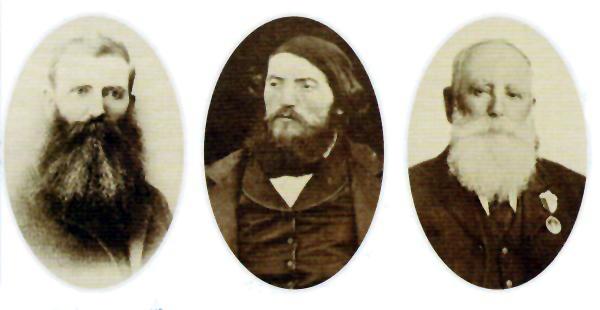|
|
|||
|
|
|
|
|
|
|
|||
EUCLA NATIONAL PARK
GPS 31 40 07 S 128 58 21 E
WE NEED YOUR SUPPORT. |
|
|
|
Park area : 3,340 Ha.
This park stretches along the southern coastline of Western Australia and encompasses some of the cliffs of the Great Australian Bight. It is about 1440 kilometres east of Perth. It is accessed from the Eyre Highway.
A high limestone cliff known as Wilson Bluff provides a good vantage point for viewing the cliffs and is one of the significant features of the park. Another attraction is the Delisser Sandhills. Whales are often seen during the calving season when they visit the southern coast to give birth.
There are no facilities for visitors in the park and camping is not allowed.
In the 1870s the Muir family moved into the area with hopes of developing a pastoral enterprise. They had already established successful farms in the Manjimup and Mount Barker areas. John Muir with some companions took the ship Emily Smith from Albany to Eucla in 1872 and set about establishing a sheep run.
Water was a constant concern and two ticket of leave men absconded with horses and supplies after only a few months. After 10 months of struggle some progress had been made and the Emily Smith called in to collect wool for the market at Albany. Two months later the ship returned with Thomas Muir and more sheep.
An overland drove of sheep from Esperance arrived in 1872 with Tom and William Kennedy. The men co-operated in their venture and even built a fishing boat with the remains of an old whaler wrecked on the beach.
Wells were dug and earlier explorer's well were enlarged but strong winds continued to play havoc by filling both the wells and water troughs with sand. They were granted 100 pounds by the government for constructing water sources for public use.
Damper, kangaroo, dried meat and even seagulls made up the diet of these hardy men. John's wife and 4 children arrived in 1876 but just two years later John died, aged just 42, from pneumonia and his family moved to Port Augusta.
Some time later John's brothers sold out to an Adelaide stock firm. On occasion, John's grave will briefly emerge from the sand drifts only to be swallowed up again soon afterwards.
NPW Website for more information
Best time to visit:
|
|
Become a supporter of this website for just $5 a month
|







